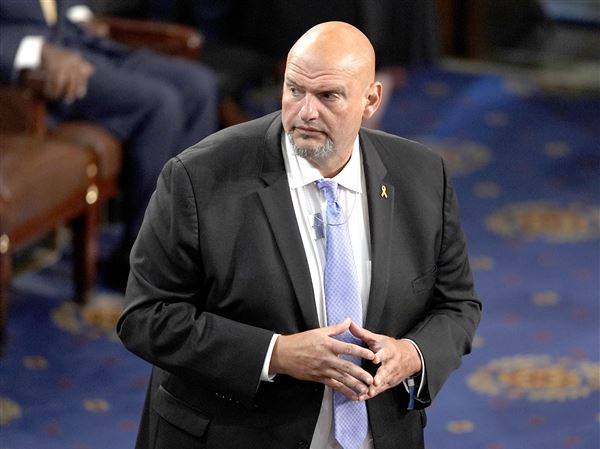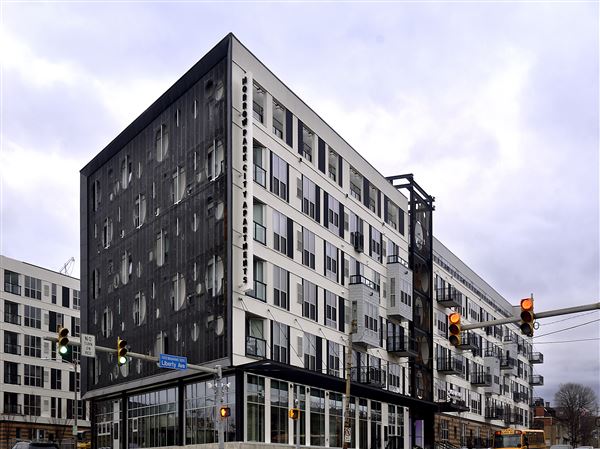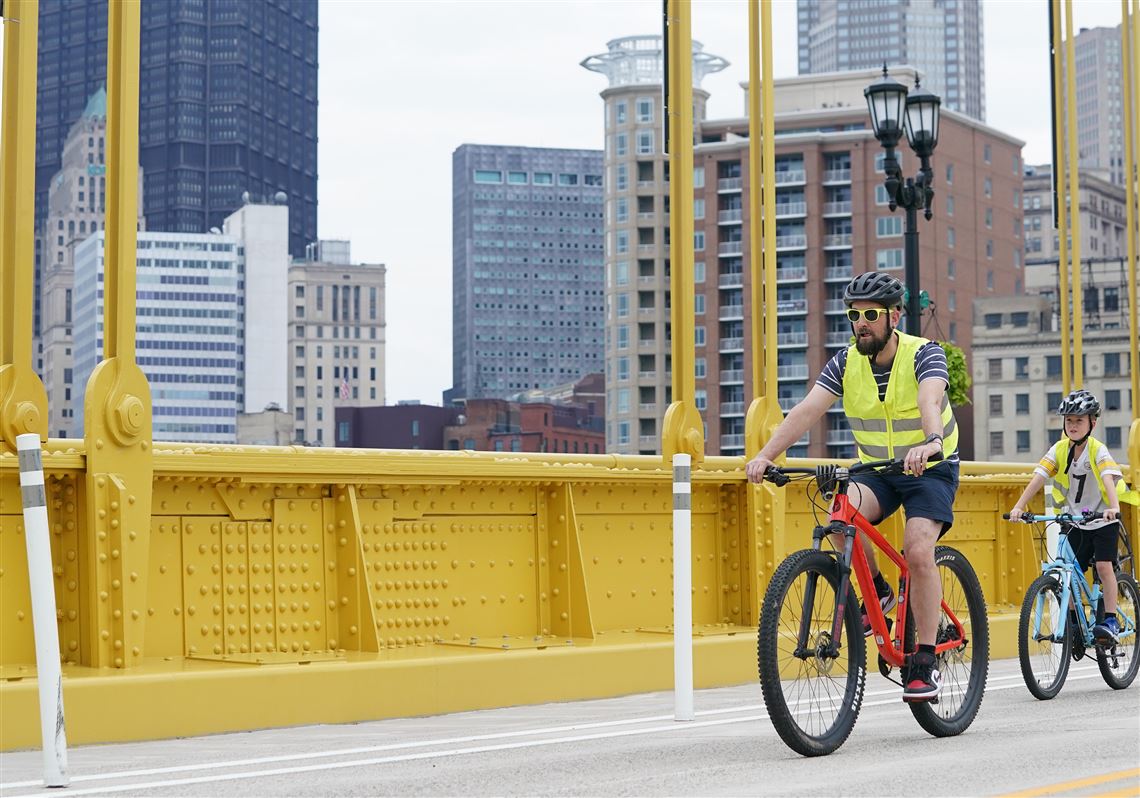With 91% of city residents within a 10-minute walk to a park, Pittsburghers looking for outdoor spaces are relatively fortunate compared to inhabitants of many other major cities in the U.S.
Such park accessibility is well over the national average of 71.4%, per the 17th annual American Fitness Index, released on Tuesday by the American College of Sports Medicine and the Elevance Health Foundation.
And while the percentage didn’t land Pittsburgh in the top spot of that category — five cities, including overall “fittest city” Arlington, Va., boast 99% — the compilation of 33 separate indicators found Steel City with plenty to flex about. The city advanced 12 places from last year’s report, placing at No. 17 in the ranking of the 100 largest U.S. cities, with scoring based on individual and community metrics.
Pittsburgh’s progress is notable in recent years, moving from 38th in 2022 to 29th in 2023 to cracking the top 20 this year.
The ranking “is a really good thing,” said Amber Lasure, assistant director for recreational services at Duquesne University. “I've been in Pittsburgh for about 16 years now, and I've seen such big changes in the city over that period of time, such as access to public bikes, the addition of new parks and all of the trails by the river that are so well maintained.”
In her role at Duquesne, Ms. Lasure believes the current student population is contributing to Pittsburgh’s improved rating.
“I have a lot of hope for the generation that is our student body, because I think there is a lot of health consciousness,” she said. “Everybody's very pro mental health, making sure to take care of their mental health as well as their physical health.”
Arlington topped the list for the seventh consecutive year, with Washington, D.C., and Seattle, Wash., following at Nos. 2 and 3, respectively.
Sporting an above-average number of parks per 10,000 residents — 5.4 in Pittsburgh, compared to an average 4.1 nationwide — helped the city’s community health score land at No. 5.
The city’s personal health score lagged, however, ranking an overall No. 44, due in part to smoking (12.9% of city residents, compared to 12.1% nationwide), diabetes (12.1% versus 11.1%) and consumption of three or more vegetables daily (12.7% versus 14.3%).
Still, Pittsburghers were slightly above the average in other areas of personal health, with the report finding that 50.4% of Pittsburghers are in excellent/very good health, 79% having exercised within the last month, 52.1% meeting aerobic activity guidelines and 65.5% sleeping more than seven hours nightly.
With 29.5% of its citizens considered obese, Pittsburgh was two percentage points lower than the national average.
“In some ways, smoking, obesity and mental health could all be connected and, with physical and mental health at the center of it. I would say that when we move more, we tend to feel a little bit better,” said Ms. Lasure. “There’s so many studies that have proven exercise enhances your mood.”
Blake Brightwell, private sector coaching program manager at the National Strength and Conditioning Association, said he has seen these positive mental and physical health changes in those who regularly participate in resistance training.
“There's some research out there that shows that if you go into resistance training with the mindset that ‘I'm going to conquer this,’ that it will bleed over into other aspects of your life,” said Mr. Brightwell. “If you do some pretty basic things, as far as resistance training goes, as few as two to three times a week, there are massive health benefits that come along with that.”
The ACSM recommends that individuals engage in 150 minutes of moderate- to vigorous-intensity exercise per week, with two to three days of weekly activities that strengthen muscles and bones.
Stella Volpe, president of the ACSM, said in a news release that, since the pandemic, Americans’ activity levels have decreased, with fewer meeting the guidelines. She hoped the Fitness Index results encourage local leaders to invest in better infrastructure, policies and programs to help residents stay active and healthy.
Ultimately, Mr. Brightwell said, increasing activity levels boils down to behavior change.
“Everyone thinks that you have to be in a vigorous training camp for any [exercise] to count, when really all we're looking for is small, incremental changes over the long term that are sustainable,” he said. “So if you're not doing anything, get up and walk your dog two times a week.” Then add in, say, two days of strength training.
“It's really just a matter of figuring out a routine that you can continue on with for the rest of your life.”
Beyond rankings, the ACSM offers resources to help communities focus their policies and programs. It also supports developing partnerships with other organizations to promote health.
“Movement is therapeutic,” said Ms. Lasure. “Get up and get moving. If you can do one little thing, then the rest of it will fall into place.”
Ava Dzruenda: adzruenda@post-gazette.com.
First Published: July 27, 2024, 9:30 a.m.
Updated: July 27, 2024, 6:58 p.m.


















